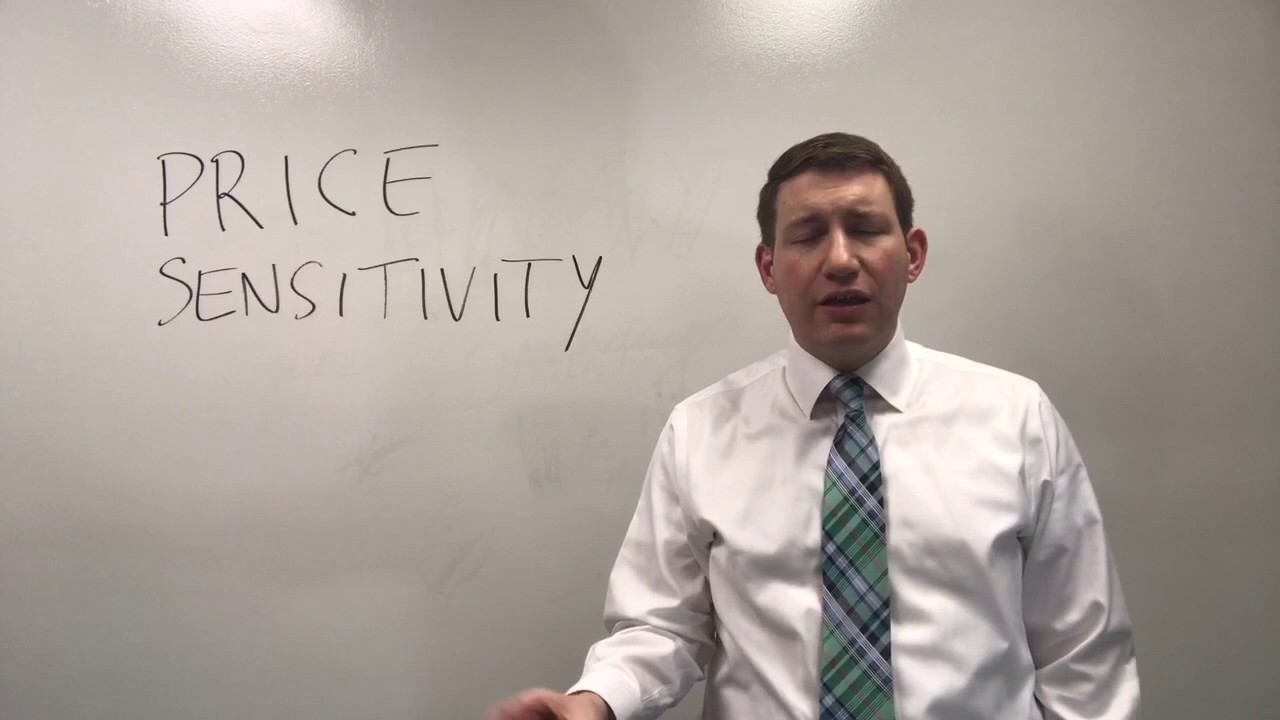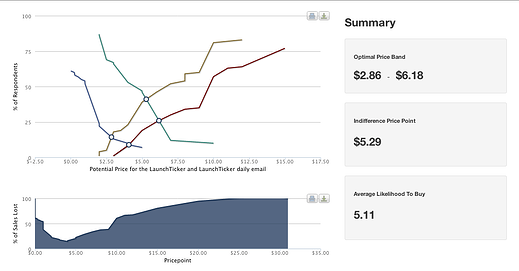Price sensitivityis the degree to which the price of a product affects consumers' purchasing behaviors. Generally speaking, it's how demand changes with the change in the cost of products.
In economics, price sensitivity is commonly measured using the price elasticity of demand, or the measure of the change in demand based on its price change. For example, some consumers are not willing to pay a few extra cents per gallon for gasoline, especially if a lower-priced station is nearby.
When they study and analyze price sensitivity, companies and product manufacturers can make sound decisions about products and services.

Price Sensitivity
What Is Price Sensitivity?
Customers' willingness to buy products and services is affected to a certain extent by the price at which they are offered.
Consider selling cupcakes as an example.You can tell that your customers are price sensitive if you raise the price of a cupcake by £0.10 and they immediately switch to the bakery across the street.
There is a wide range of price sensitivity.The type of products and services you provide, your customer base, and other market factors like social and economic trends all play a role.
Price sensitivity is quantified by the elasticity of demand, which can be calculated mathematically using the equation below:
Price elasticityof demand = % change in quantity demanded / % change in price
In order to make informed decisions, it's critical to know how elasticity differs from price sensitivity.It's possible to raise prices without seeing much of a drop in demand when there's high price elasticity.When elasticity is low, demand decreases when the price rises.
Why Is Price Sensitivity Important?
When you know how much value your customer is willing to pay for your product, your product's price sensitivity can help you determine how much value you're creating in your product.There's a quantifiable value that you can optimize for when you implement price changes, which is what this metric does.You can't know if your product development efforts are increasing the value of the product (i.e. if customers are interested in the new features you're developing) unless you know how price sensitive your product is.
But keep in mind: Despite what many people believe, product pricing strategy and your product's price-sensitivity are not the same thing.When developing your pricing strategy, remember that positioning, packaging, and pricing all play a critical role in ensuring that your strategy is successful.
How Do You Measure Your Price Sensitivity?
Understanding your target market and buyer personas is critical to determining price sensitivity.In order to get the best price for your product, you'll need to know what your buyer personas think about it.
The lowest price that one persona is willing to pay may be significantly higher than the lowest price that another persona is willing to pay.If you don't do this, you'll end up with a non-representative average of all market segments, rather than an accurate representation of your market's specifics and needs.You can predict how a price increase will affect sales volume and ultimately find the optimal price point by knowing how sensitive your customer base is to price.
Next, you need to select a method that goes beyond simply asking people "How much would you be willing to pay for product X?".
Scientists have developed methods to get around people's cognitive incapability to accurately assess their own propensity for paying.Price laddering and the Van Westendorp Price Sensitivity meter are two of the most popular methods for determining how sensitive a product is to price changes.
Price Laddering
Price Laddering is the practice of asking prospective customers to rank their willingness to payfor a specific product on a scale of 1 to 10.As soon as the respondent's intent to purchase response falls below a predetermined threshold (usually 8), they are asked again about their intention to buy.To avoid excessive response bias, respondents are typically only asked about a maximum of three price points in this process.It is then analyzed to determine how much of the market would buy at any given price.
Price Laddering has the advantage of not requiring respondents to offer any price points as part of their responses.Instead, they must match their intent to a sliding scale, which simplifies the survey.
The simplicity of price laddering can also be its downfall, because respondents are asked about their purchase intentions at lower and lower price points.Your data will be skewed if they treat the survey as a negotiation.With price laddering, not all respondents will contribute to your pricing research, as some may refuse to buy at any of the price points you offer.As a result, a successful and statistically significant price laddering campaign usually necessitates a large number of survey participants, which is a major challenge for many companies that lack a substantial customer base.
Van Westendorp's Price Sensitivity Meter
People are surveyed about their willingness to pay in ranges by Van Westendorp's Price Sensitivity Meter in order to measure price sensitivity.A total of four questions are posed to each respondent in the survey.
- Is the product so expensive that you would not even consider purchasing it at this price point?"(It's) too costly"
- At what price point would you say the product's price is so low that the quality is questionable?(Too low-cost)
- Assuming that the product remains within your price range, at what point would you consider it too pricey to purchase?Costly/Expensive
- At what price point would you say the product is a good value?Inexpensive/Affordable
The first two questions compel participants to set a price range they can live with, while the final two questions help them focus in on a smaller price range.Once a large enough sample size responds to the survey questions, you can plot the data and derive a general price range and a more precise price point for your product.
When determining the price sensitivity of new products, Van Westendorp has a distinct advantage in efficiency.When you conduct a Van Westendorp survey, you'll get more information about your product's price sensitivity from each respondent, which reduces the number of people you need to interview.Price points that are so low that customers begin to doubt the product's quality can only be taken into account by using the price sensitivity meter.In comparison to price laddering, Van Westendorp's results are far more complete and accurate than price laddering's results.
No matter what method you use, remember that determining price sensitivity does not have a silver bullet.Since people's perceptions of value can vary widely from person to person and cohort to cohort, the data you collect will reflect this.Instead, the process of elimination is used in pricing research.It's all about protecting yourself from the unknown in order to better understand the true worth of your product.
Don't forget that the value of your education and readings is derived solely from their application.Therefore, pricing should be thought of as a methodical procedure.


